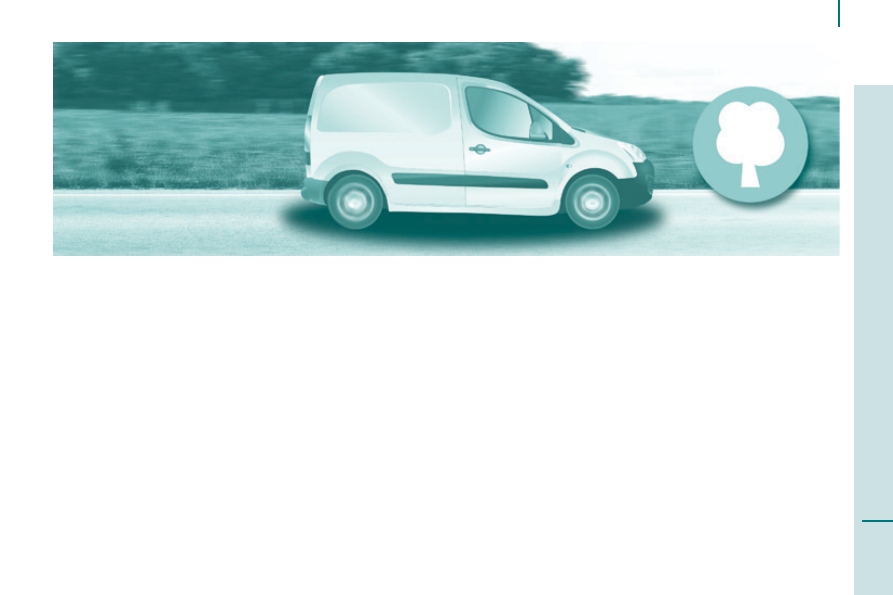Peugeot Partner (2017 year). Instruction - part 2

15
2
ECO-DRIVING
Motoring & the Environment
Partner-2-VU_en_Chap02_eco-conduite_ed02-2016
Environment
With you, PEUGEOT acts to protect
the environment.
We invite you to visit the
www.peugeot.co.uk website.
As the driver, you also can contribute
to protecting the environment in the
following way:
-
drive smoothly, without frequent
and harsh acceleration,
-
observe the service intervals;
we recommend that services are
carried out by a PEUGEOT dealer,
authorised to collect used batteries
and fluids,
-
in order to preserve the reliability
of the engine and emission control
systems, do not use engine oil
additives.
Refer to information on eco-driving at
the end of this section.